Bar Graph and Pictograph Worksheets 3rd Grade
Bar graph and pictograph worksheets are a great tool for third-grade students to practice understanding and interpreting data. These worksheets provide an engaging and interactive way for students to develop their skills in representing numerical information visually. By utilizing bar graphs and pictographs, students can enhance their ability to identify and analyze patterns, compare data sets, and draw conclusions from the information presented.
Table of Images 👆
More 3rd Grade Worksheets
Telling Time Worksheets 3rd GradeTime Worksheets for 3rd Grade
3rd Grade Reading Comprehension Worksheets
Multiplication Worksheets for 3rd Grade
3rd Grade Math Division Worksheets Printable
Short Reading Comprehension Worksheets 3rd Grade
Soil Worksheets for 3rd Grade
Cursive Writing Worksheets for 3rd Grade
3rd Grade Multiplication Properties Worksheet
First Day of School Worksheets 3rd Grade
What is a bar graph?
A bar graph is a visual representation of data where bars of different lengths are used to represent and compare the values of different categories or groups. The length of each bar is proportional to the value it represents, making it easy to interpret and understand patterns, trends, and comparisons within the data.
How is a bar graph different from other types of graphs?
A bar graph differs from other types of graphs in that it represents data using rectangular bars of varying lengths to show quantities or values. Each bar in a bar graph is typically separated by equal spaces and does not touch each other, providing a clear visual comparison between data points. Other types of graphs, such as line graphs or pie charts, use different visualizations like lines, points, or slices to display data relationships in different ways.
What are the typical elements included in a bar graph?
A bar graph typically includes two axes - a vertical axis (Y-axis) representing the data values and a horizontal axis (X-axis) representing the categories being compared. The bars themselves represent the data values for each category, with the length or height of the bar corresponding to the value it represents. There is usually a title that describes the data being displayed and labels for both axes to provide context and clarity to the information presented.
How are the x-axis and y-axis used in a bar graph?
In a bar graph, the x-axis is used to represent different categories or groups being compared, while the y-axis represents the values or quantities being measured. The bars in the graph are positioned vertically along the x-axis with their lengths corresponding to the values represented on the y-axis, making it easy to visually compare the data for different categories.
How can you interpret the information presented in a bar graph?
To interpret the information presented in a bar graph, you should first examine the labels on the x-axis and y-axis to understand what is being measured and the scale being used. Then, look at the height of each bar to determine the value or quantity being represented. Compare the lengths of the bars to each other to identify any patterns, trends, or differences in the data. Finally, consider the title and any additional information provided to draw conclusions or make comparisons based on the data presented in the graph.
How can you create a bar graph using given data?
To create a bar graph using given data, start by labeling the horizontal axis with the categories or variables and the vertical axis with the scale or values. Then, draw bars for each category where the height of each bar corresponds to the value in the data. Make sure to leave equal spacing between each bar and label them appropriately. Color the bars if needed for distinction and include a title and legend to provide context. Finally, ensure that the graph is clear, visually appealing, and effectively communicates the data.
What are some common uses of bar graphs in everyday life?
Bar graphs are commonly used in everyday life to visualize and compare numerical data across different categories or groups. For instance, they are frequently used in finance to show the performance of stocks over time, in education to display student grades by subject, in marketing to analyze customer preferences, and in sports to illustrate game statistics. Other common uses include tracking expenses, displaying survey results, and showcasing demographic information. Overall, bar graphs provide a quick and easy way to interpret data and identify trends or patterns.
What is a pictograph?
A pictograph is a type of data visualization that uses images or symbols to represent data. It is a form of graph or chart that conveys information through the use of pictures, making it easier for people to interpret and understand the data being presented.
How is a pictograph different from a bar graph?
A pictograph uses pictures or symbols to represent data, while a bar graph uses bars to represent data. In a pictograph, the size or quantity of the pictures or symbols corresponds to the data being represented, while a bar graph uses the length or height of the bars to visually display the data. Ultimately, the main difference lies in the way the information is visually depicted.
How can you read and interpret the information presented in a pictograph?
To read and interpret a pictograph, first, identify what each symbol represents in terms of quantity or frequency. Next, compare the sizes or lengths of the symbols to understand the relative values they represent. Pay attention to any key or labels provided to clarify the units of measurement. Finally, draw conclusions based on the patterns, trends, or comparisons within the pictograph to derive insights or make informed decisions.
Have something to share?
Who is Worksheeto?
At Worksheeto, we are committed to delivering an extensive and varied portfolio of superior quality worksheets, designed to address the educational demands of students, educators, and parents.

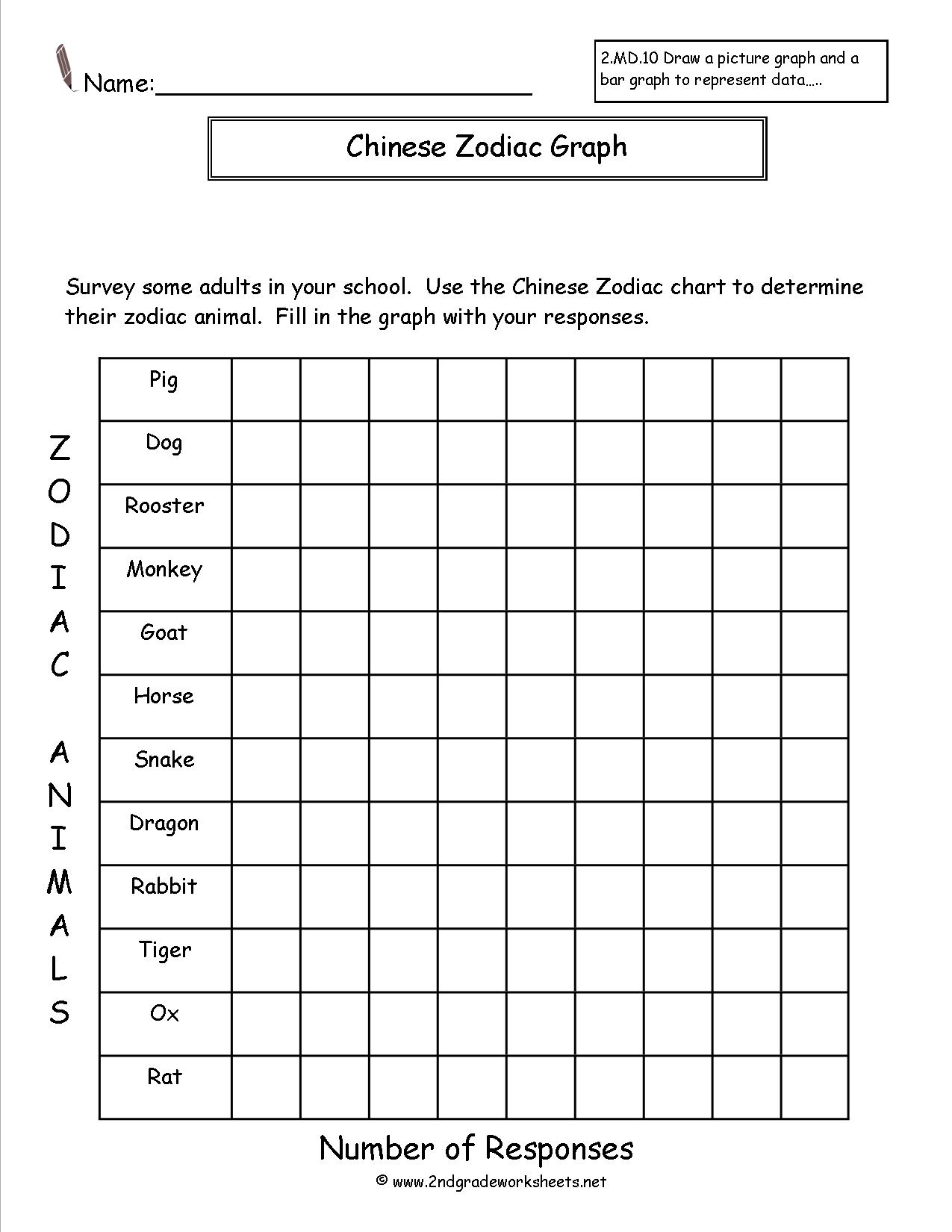



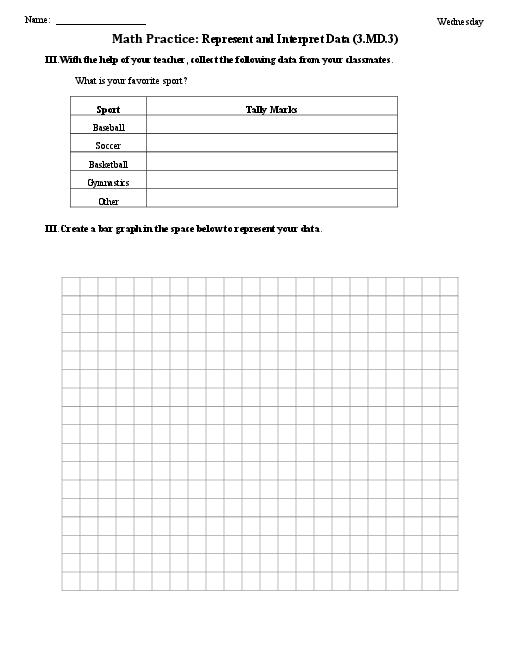
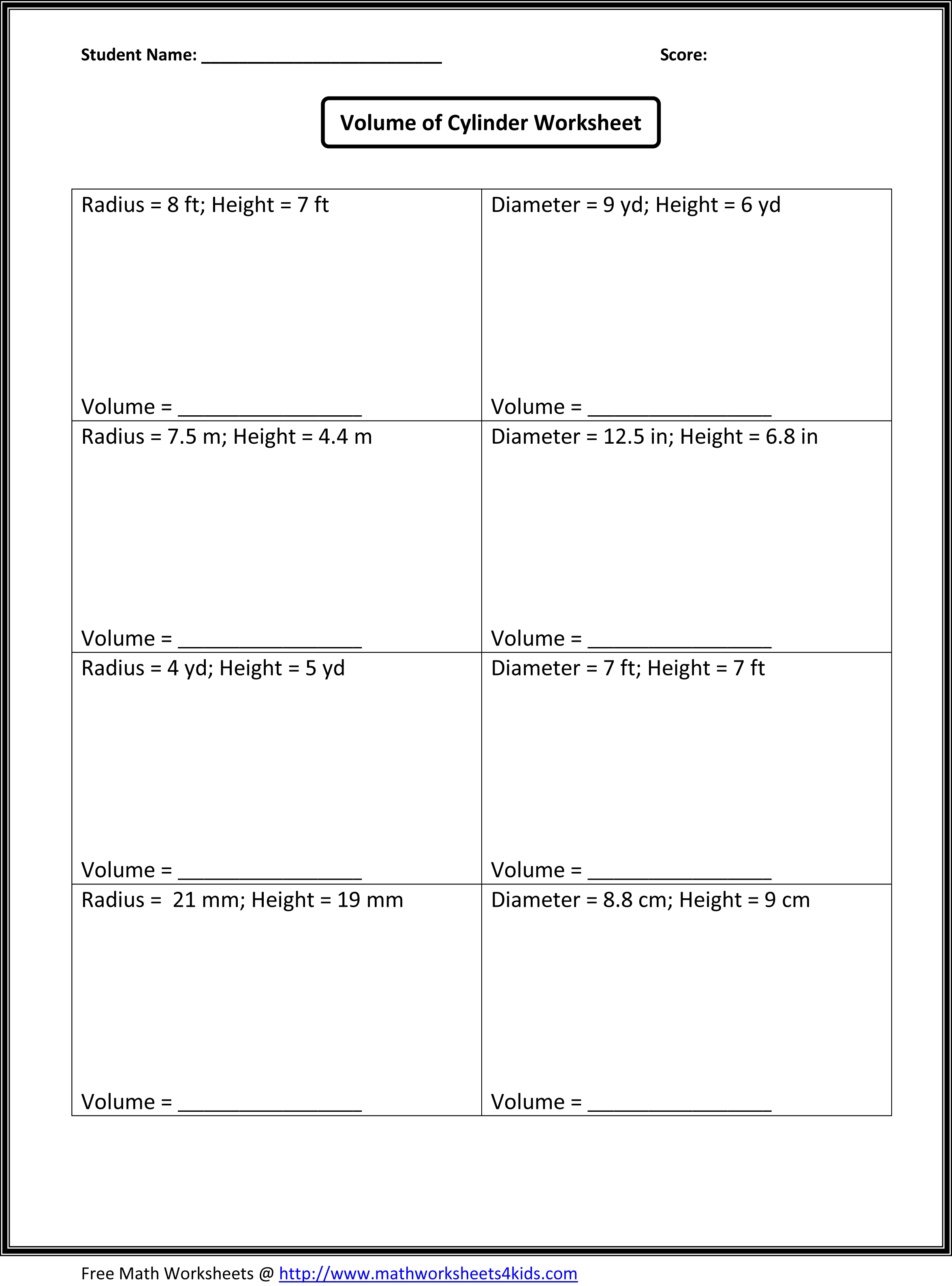
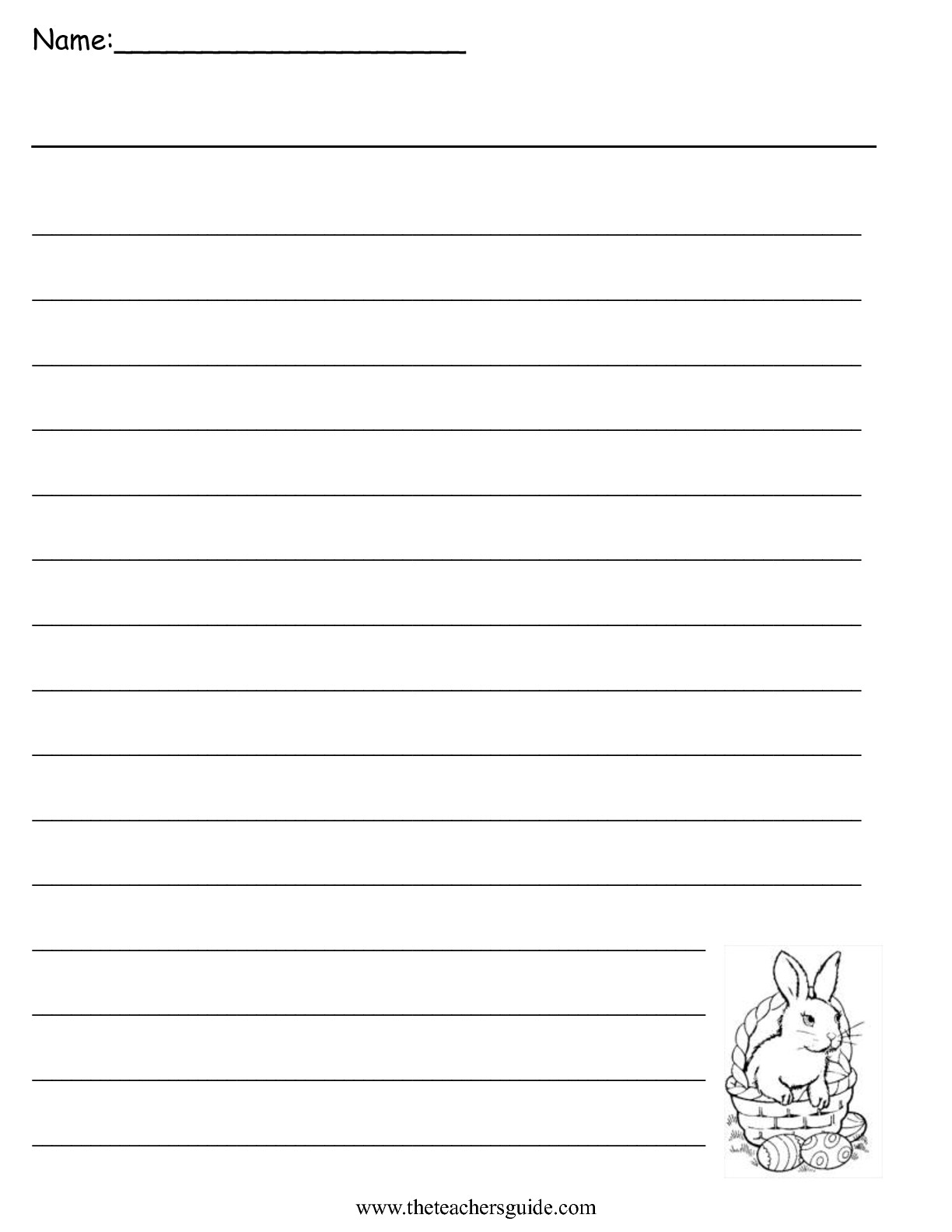
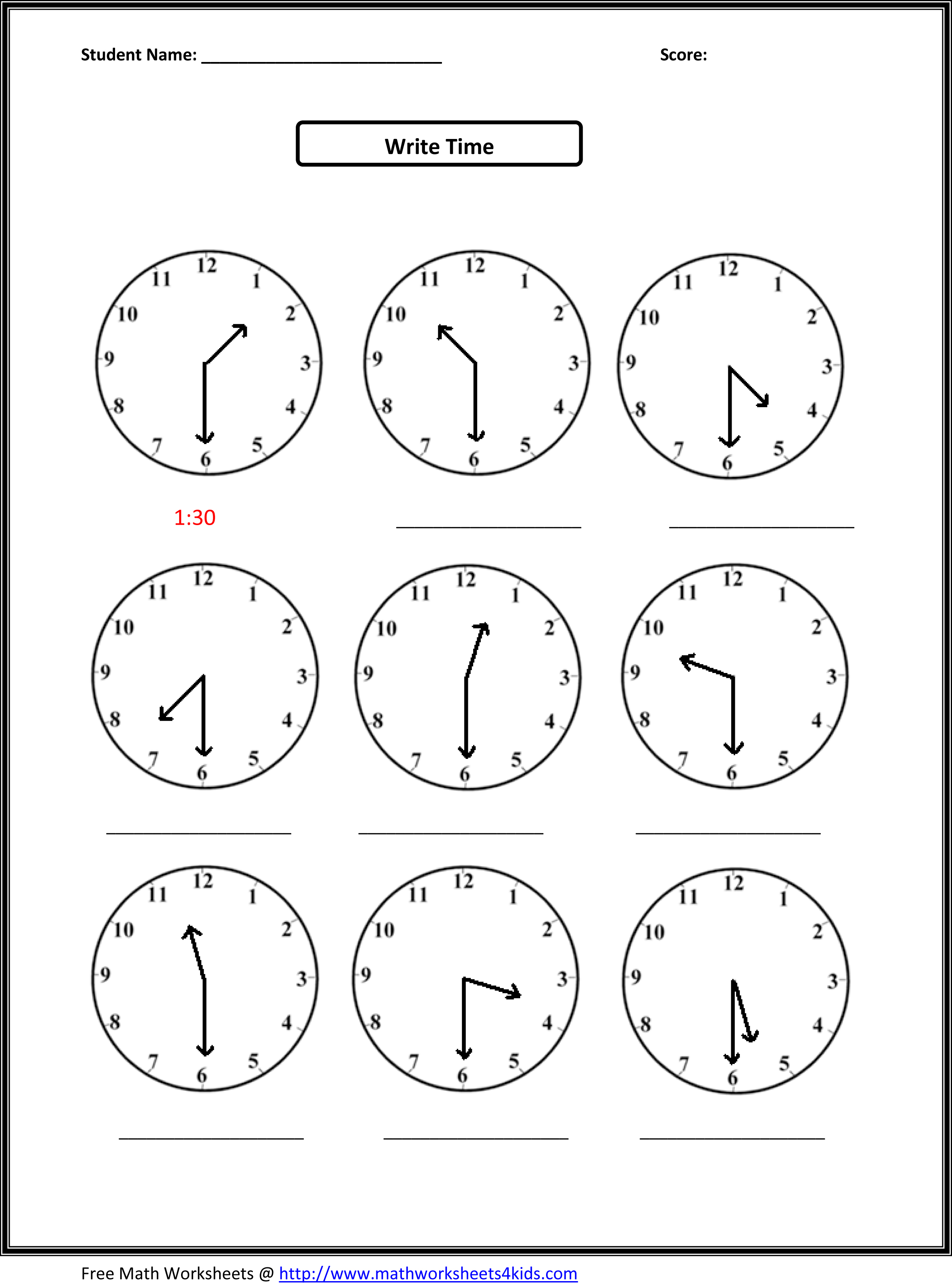
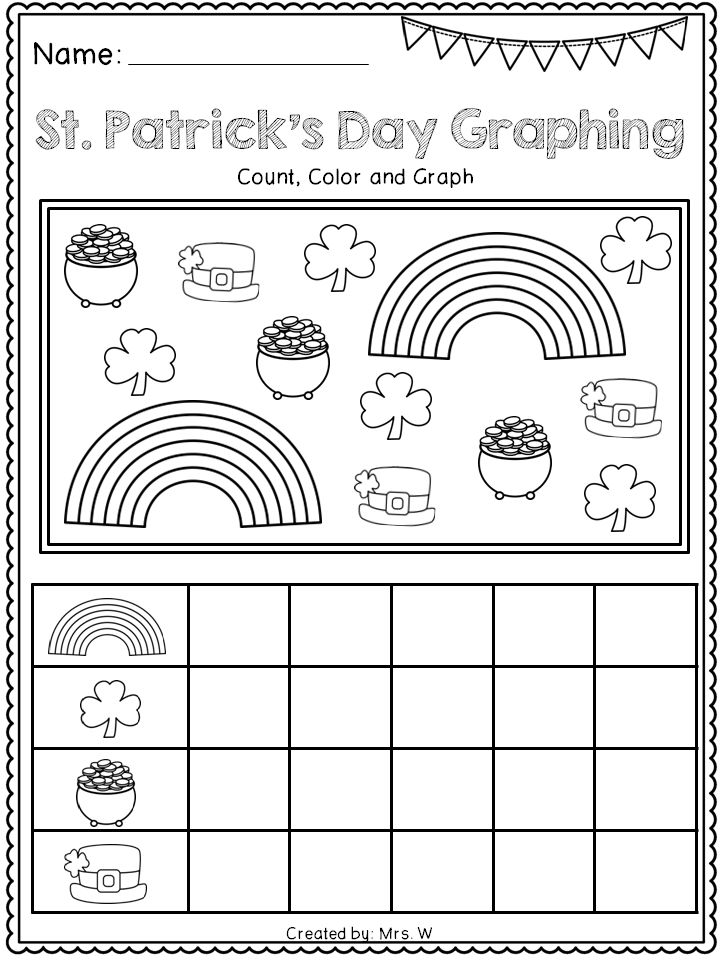
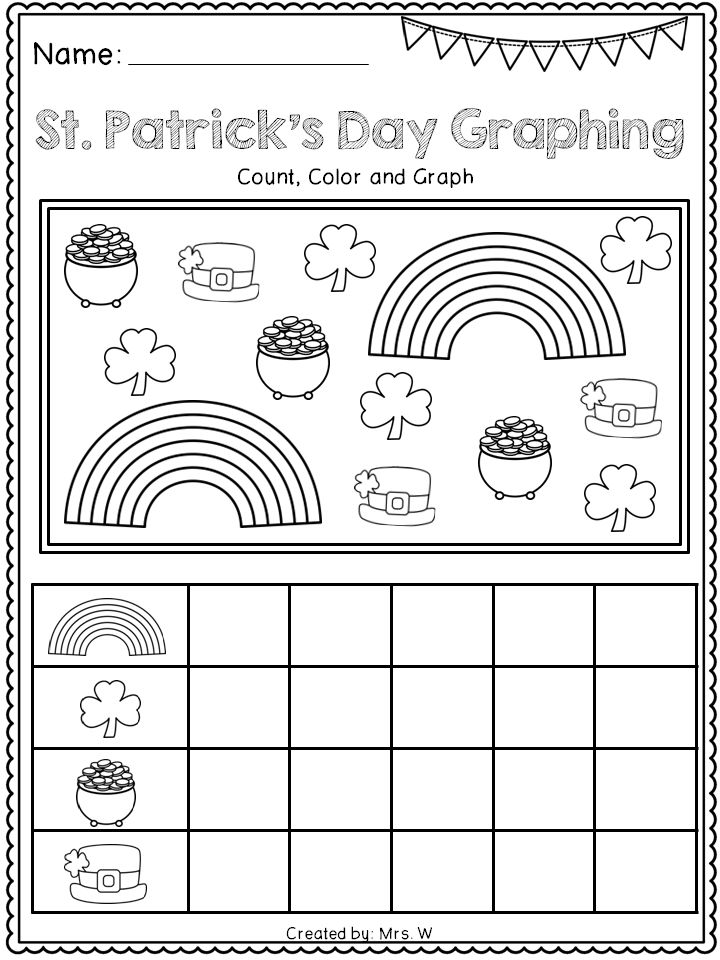
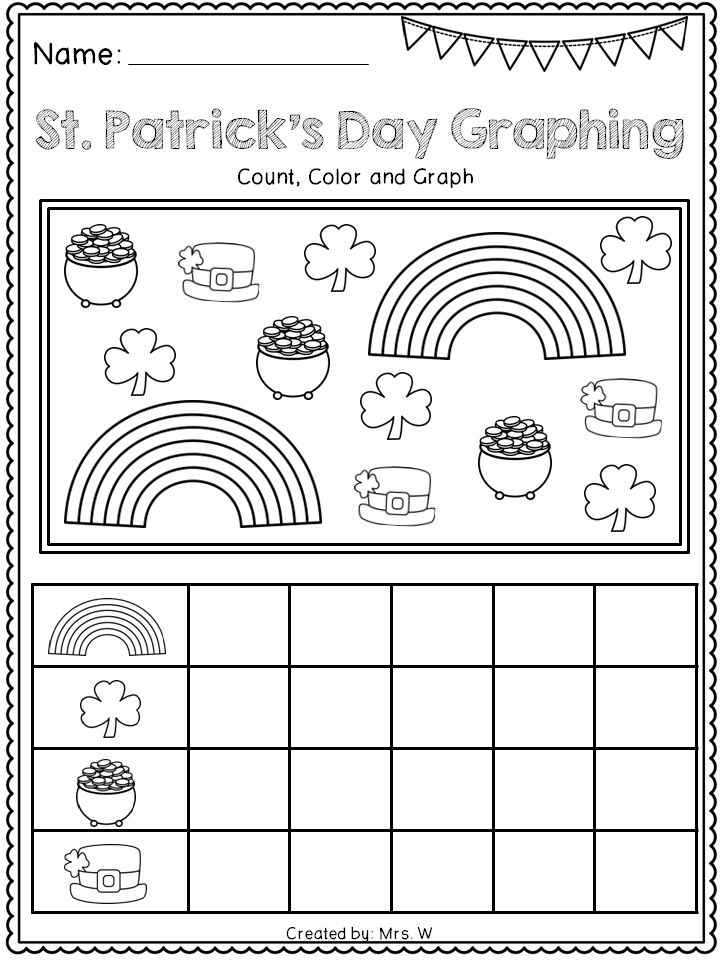
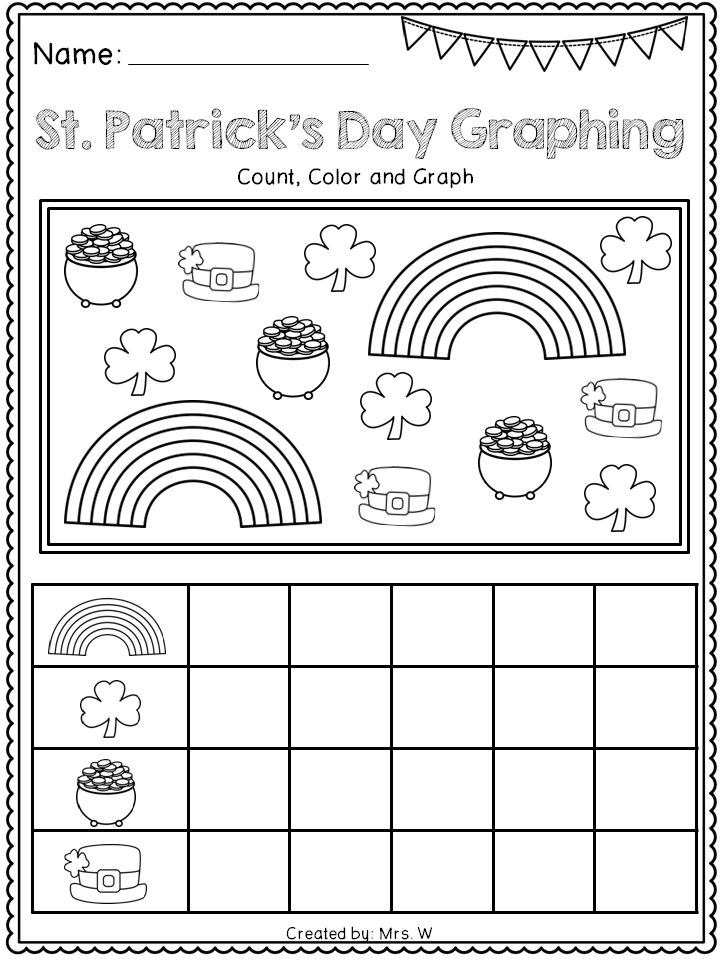
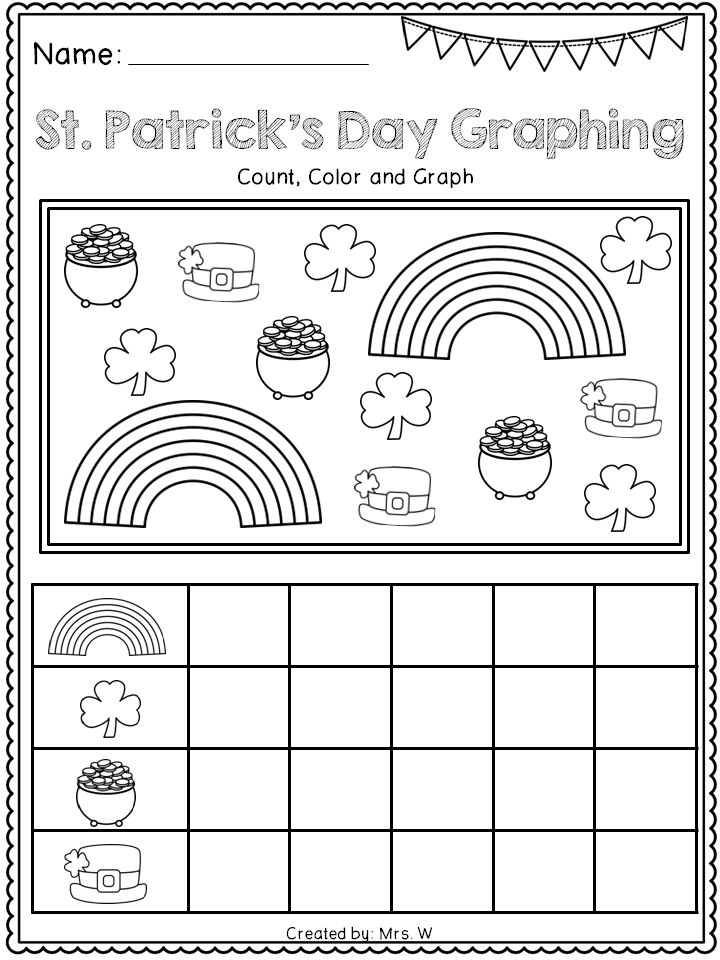
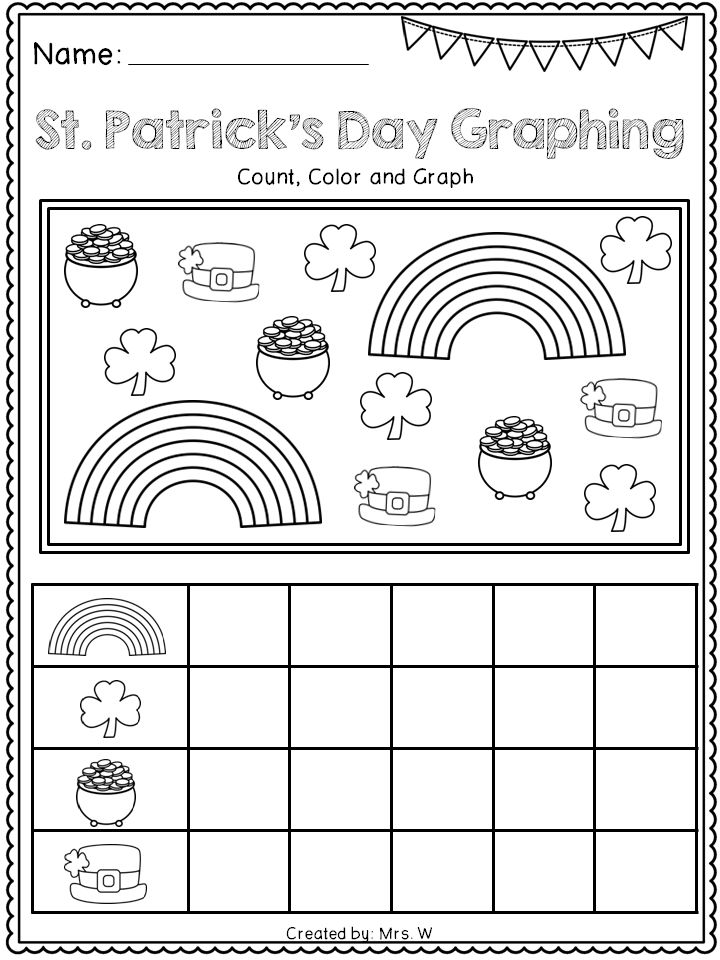
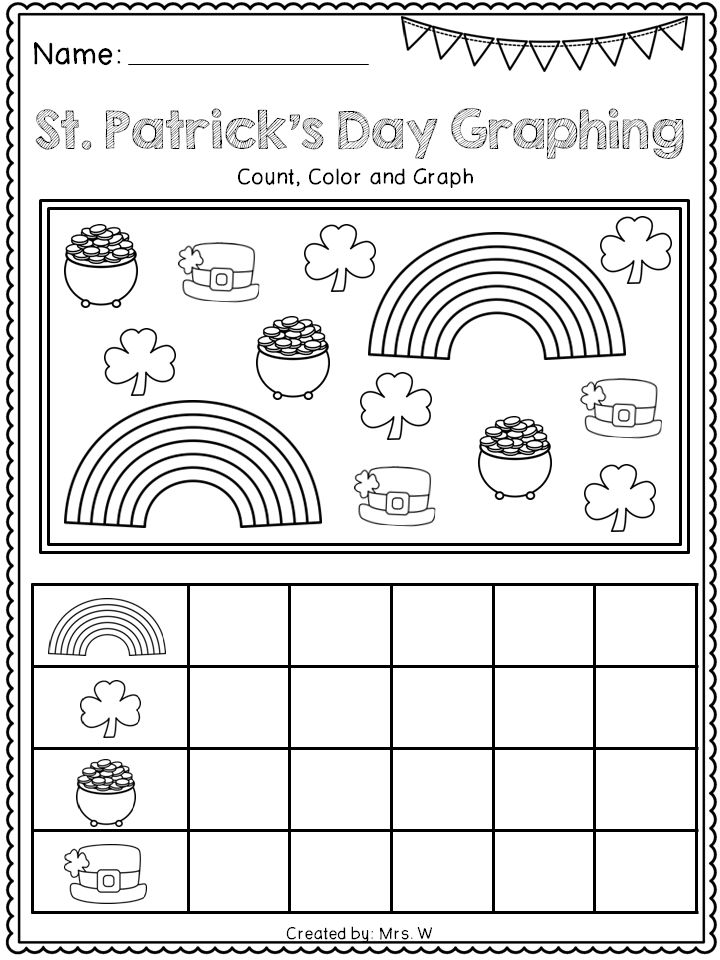
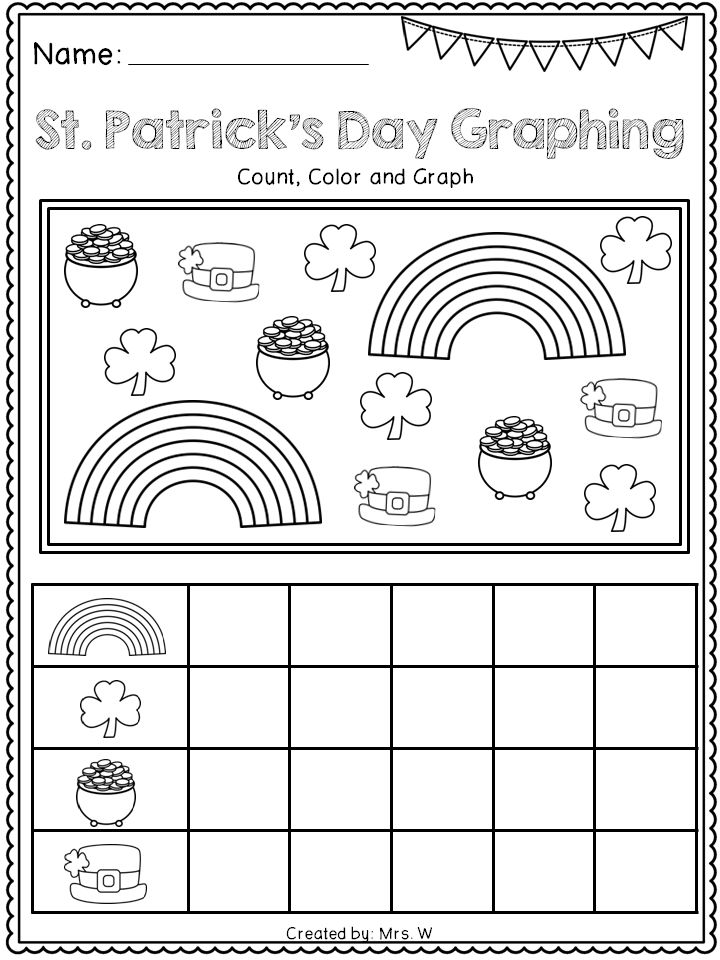
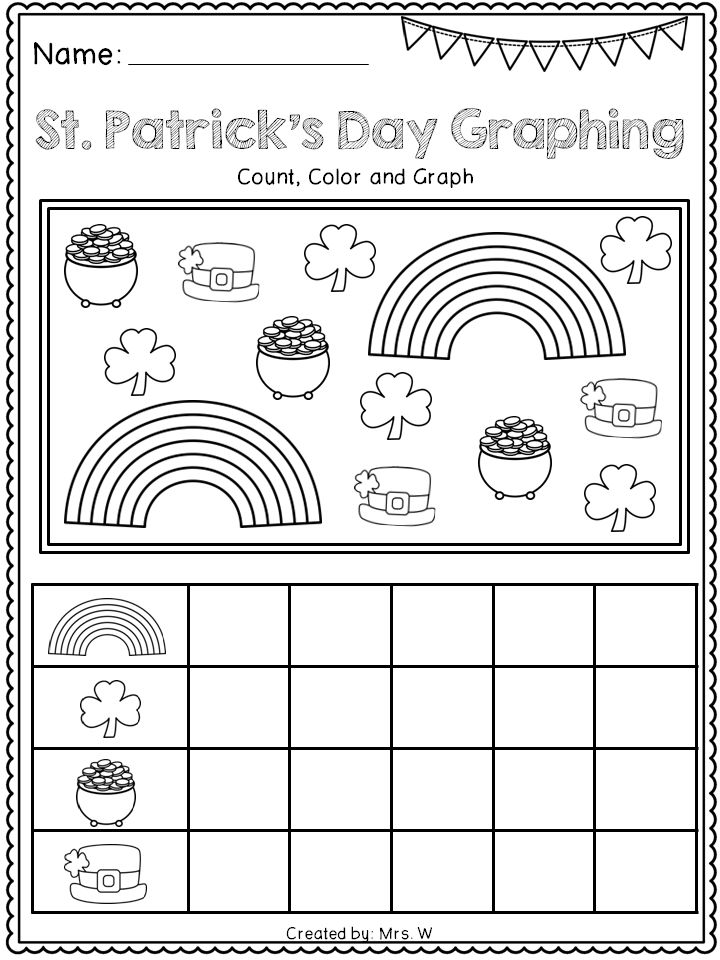
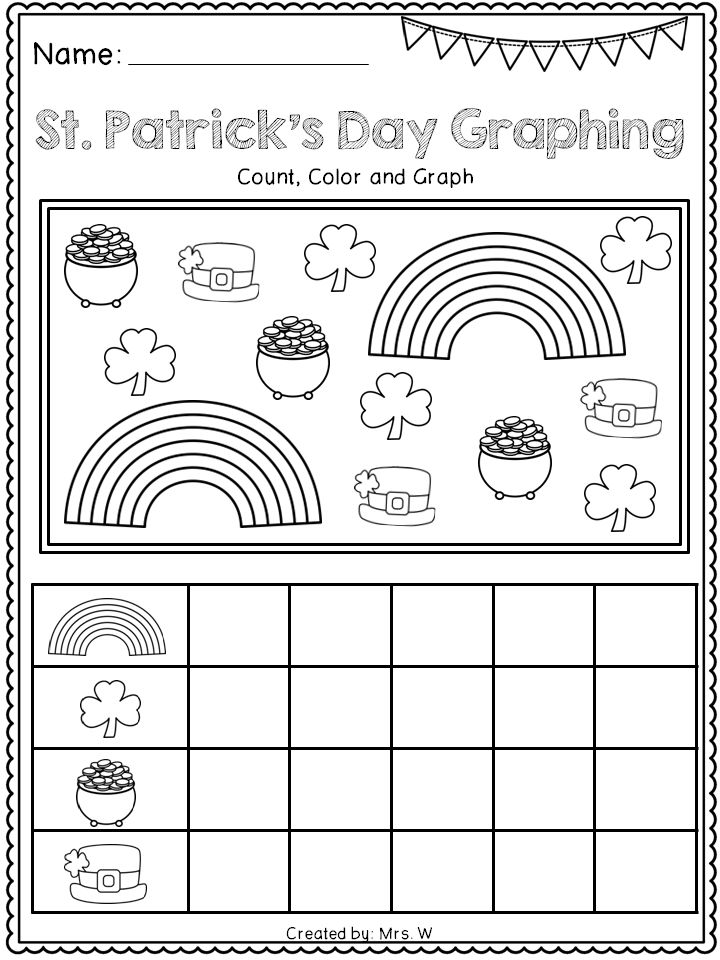
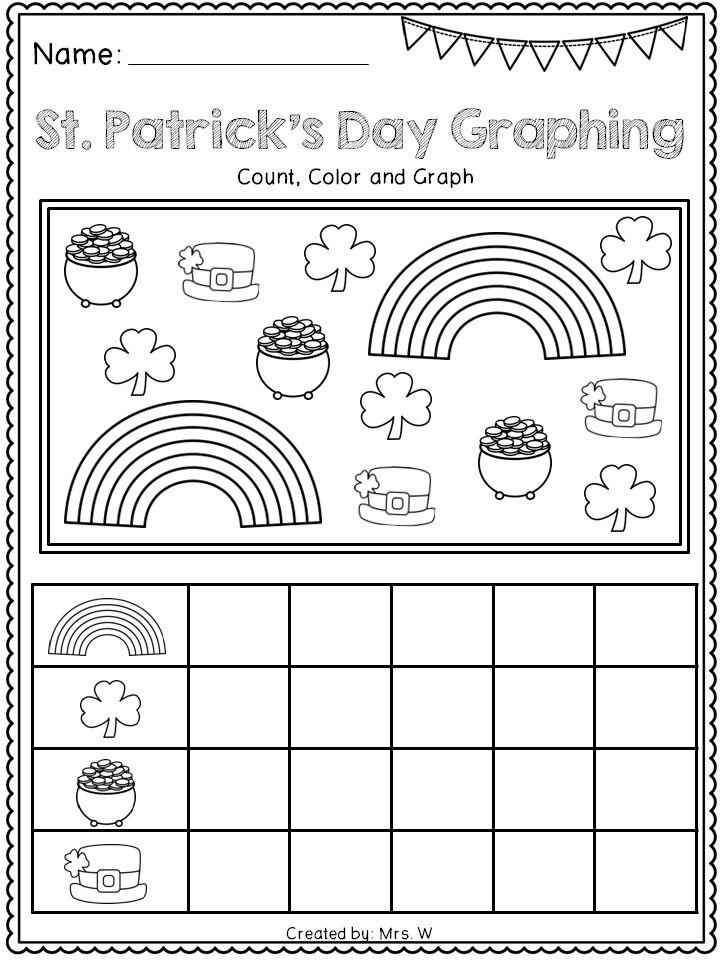














Comments